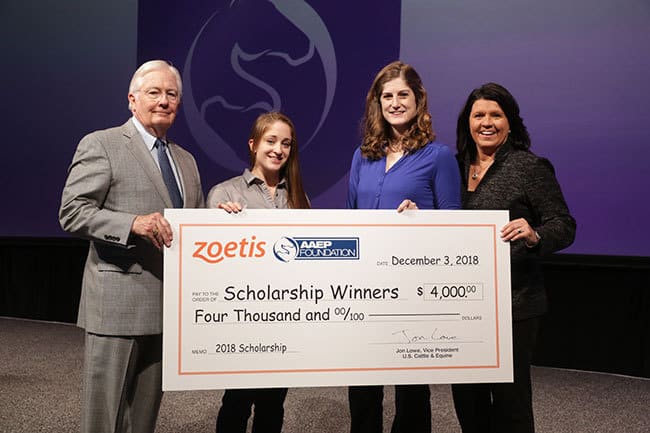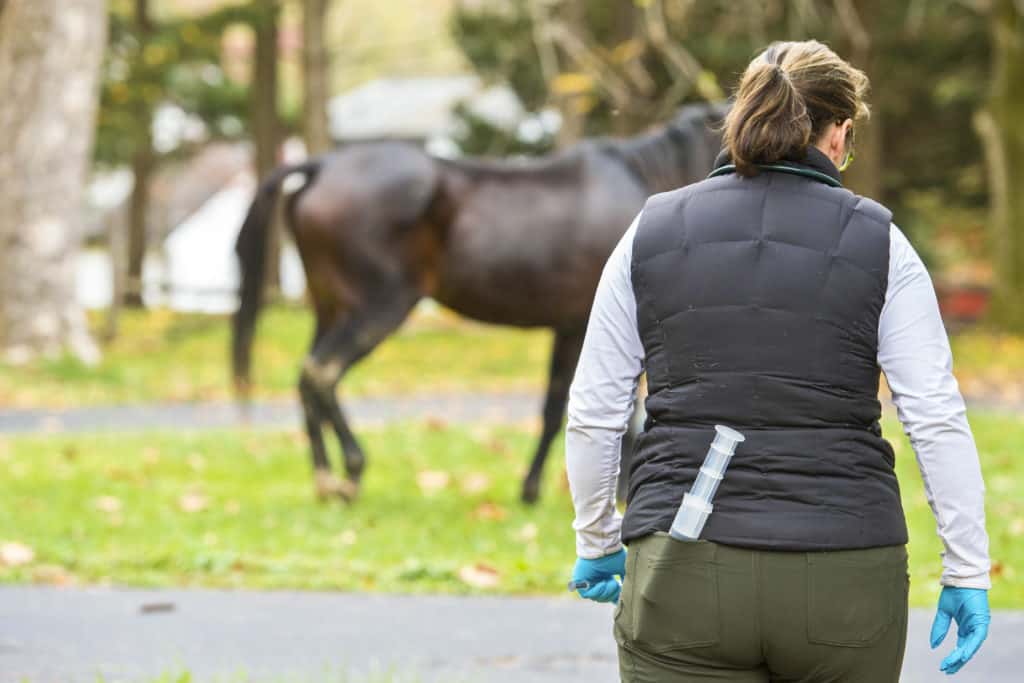2019 AAEP Annual Convention Set for Denver
The American Association of Equine Practitioners invites equine veterinarians and veterinary students to its 65th Annual Convention, to be held Dec. 7-11, 2019, at the Colorado Convention Center.
The American Association of Equine Practitioners invites equine veterinarians and veterinary students to its 65th Annual Convention, to be held Dec. 7-11, 2019, at the Colorado Convention Center.

Equine veterinarians face a slew of stresses, ranging from work-life balance struggles and concerns about getting injured to compassion fatigue and moral stress. Six professionals weigh in on these pressures, their causes, and how they and the industry are managing them.

An SAA test can identify illness in horses, and it can also ensure they’re healthy enough for other procedures, such as surgery. Here’s a look into how some vets use SAA in their practices.

The transition from baby to permanent teeth often goes smoothly, but issues can arise along the way.

Your horse’s teeth play a key role in keeping him healthy. Here’s what to know about their structure and function.

The modern horse’s dentition results from millions of years of evolution in response to changing food sources and climates. Likewise, how veterinarians treat today’s equine teeth must evolve and improve constantly.

The condition of your horse’s teeth can have a big impact on how he’s fed. Here’s what to know.

Amanda Craven, DVM; Elisabeth Leahy, DVM; Heather Morrissey, DVM; and Taylor Powell, DVM, each received a $4,000 award from the Zoetis/AAEP Foundation scholarship program.

Top tweets from the AAEP President’s luncheon and Tuesday’s educational sessions.

Top tweets and take-homes from Monday’s educational sessions on topics including saddle fit and mare reproduction.

Top tweets from the opening session of the 2018 AAEP Convention, including highlights from the keynote address and Kester News Hour.

There’s not one particular approach for rehabilitating injured joints. Here are a few of the options vets have to use.

Find out where veterinarians are seeing an uptick in equine infectious anemia cases.

Issues of mental health, well-being, and suicide among vets are important ones that veterinary organizations worldwide have made a priority.

Read some of the top tweets and take-homes on topics such as lameness, equine obesity, laminitis, and more from the 2018 British Equine Veterinary Association Congress.

Taylor Equine Hospital assistant Ali Harman’s dream job involves clinic cases, farm calls, and foal watch.
Stay on top of the most recent Horse Health news with
"*" indicates required fields